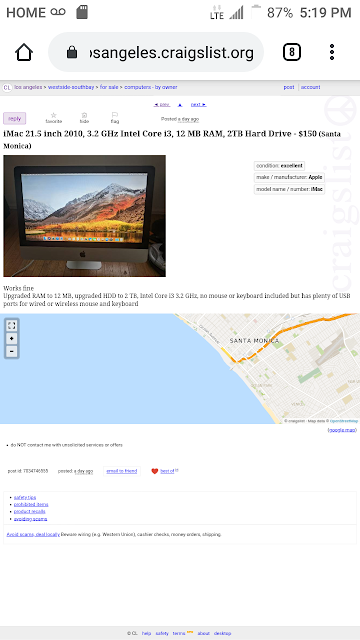The transition in to cross-platform apps [iPadOS to macOS] is happening, right now, on the App Store.
Many of us who have been keeping up with developer.apple.com releases and features know that Mac Catalyst is an exciting new feature that was released with Xcode 11, not very long ago.
Now, just this morning, in fact: I started getting releases on the App Store for apps that I had purchased on my former iOS and iPadOS devices.
 |
| My MacBook Air is running the latest beta of macOS 11.0 Big Sur, and now iPadOS apps are showing up in the App Store downloads, as prior purchases. |
Fans of productivity and pipe organs will rejoice at the macOS presence of apps such as the Strand and Ott Organ Apps by Markus Sigg, as well as LiquidText, for example.
Perhaps these developers had been amongst some of the first to jump in on the Universal App Quick Start Program, recently offered by Apple; or, perhaps, the current Intel-CPU powered devices, with Mac Catalyst, could create the Universal Apps in and of their own capabilities, since Mac Catalyst had been offered with Xcode since version 11 (Xcode 12 is the current transitional | universal app development platform for producing macOS desktop or laptop [in my case, a gold MacBook Air 2020] binaries out of iOS and iPadOS apps - a somewhat different stake in the story on Apple's decisions to move their product lines' CPUs to ARM-powered processors over the next several months and, perhaps, a couple of years, at most).














